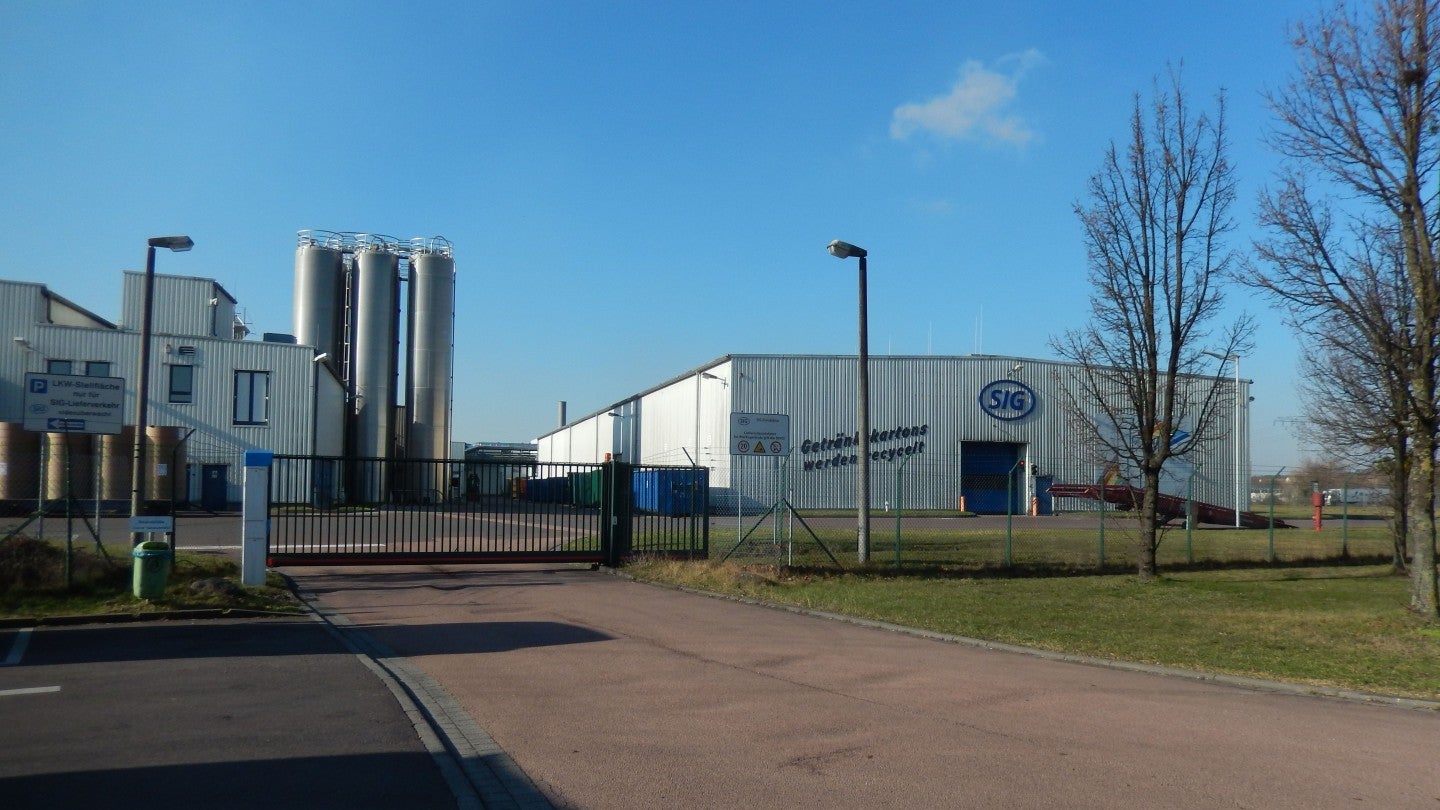
Aseptic carton packaging supplier SIG has announced the approval of its entire group’s net-zero science-based commitments from the Science Based Targets initiative (SBTi).
Out of the more than 2,000 companies across the world with a public net-zero commitment, SIG is among the first 325 to have its target validated by the SBTi.
SIG has pledged to achieve net-zero greenhouse gas (GHG) emissions across its value chain by 2050.
The company claimed that this GHG target is one of the most ambitious commitments available via the SBTi process, even more so than its previously approved targets in 2018 and 2020.
The SBTi defines net zero as the point at which ‘balance’ is created between emissions produced and emissions taken from the atmosphere.
SIG CEO Samuel Sigrist said: “The approval of our Net-Zero pathway by the SBTi is a milestone achievement that showcases our dedication to decarbonising our operations and value chain.

US Tariffs are shifting - will you react or anticipate?
Don’t let policy changes catch you off guard. Stay proactive with real-time data and expert analysis.
By GlobalData“Decarbonising our business will not be an easy task, but we’re excited to speed up our journey to net zero as one of the first 325 companies that have received SBTi approval.”
Using 2020 as its baseline year, SIG’s new short-term 2030 targets are a 51.6% reduction of scope 3 GHG emissions per litre packed, and a 42% absolute reduction of scope 1 and 2 GHG emissions.
Another near-term target the company has set is to achieve 100% renewable electricity through 2030 with the help of an on-site solar installation programme and by exploring other low-carbon energy sources to reduce direct emissions.
SIG’s long-term 2050 targets meanwhile, are a 97% reduction of scope 3 GHG emissions per litre packed, and a 90% absolute reduction of scope 1 and 2 GHG emissions.
In order to minimise scope 3 emissions in particular, the company has decided to use less aluminium foil in its aseptic carton packs, boost the collection and recycling of its used packaging, and enhance energy efficiency by installing new filling lines.



